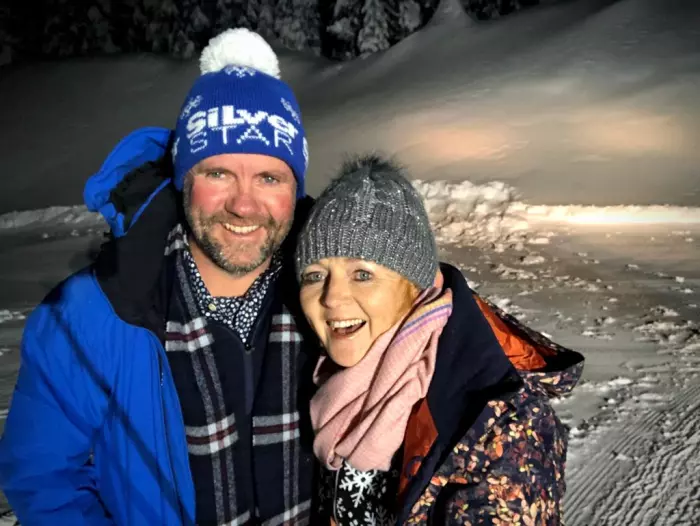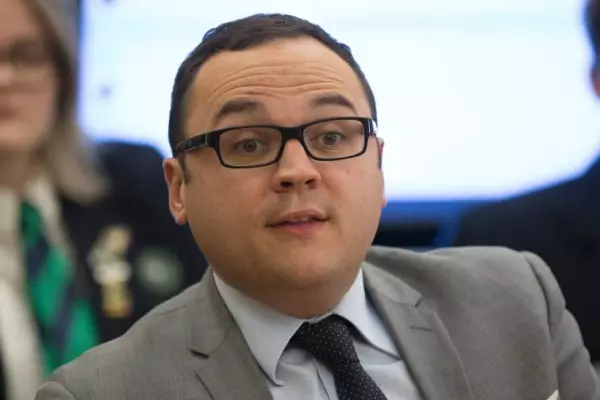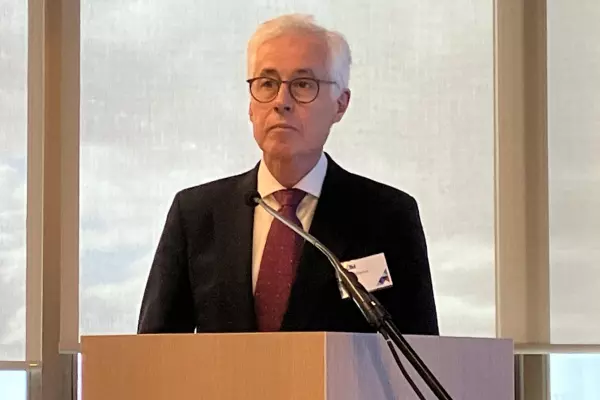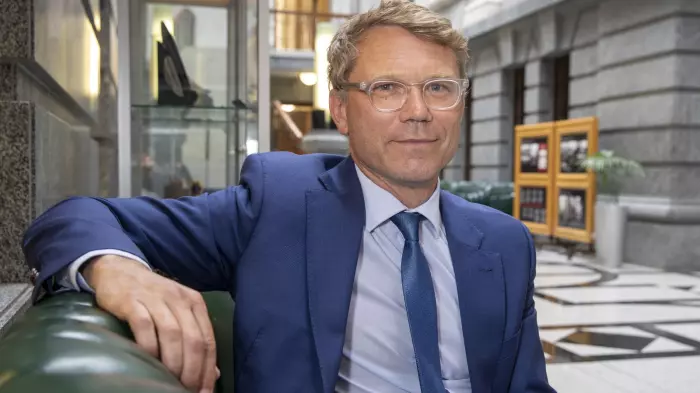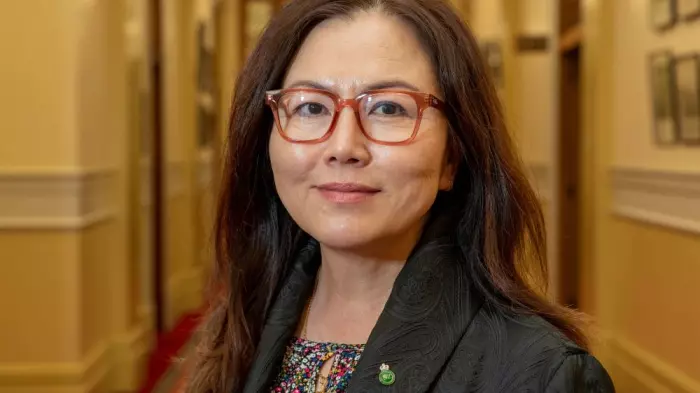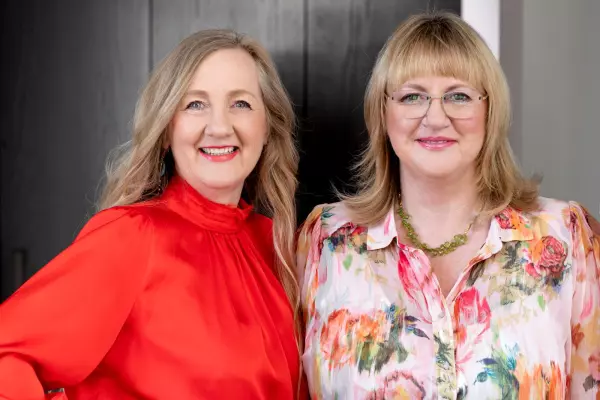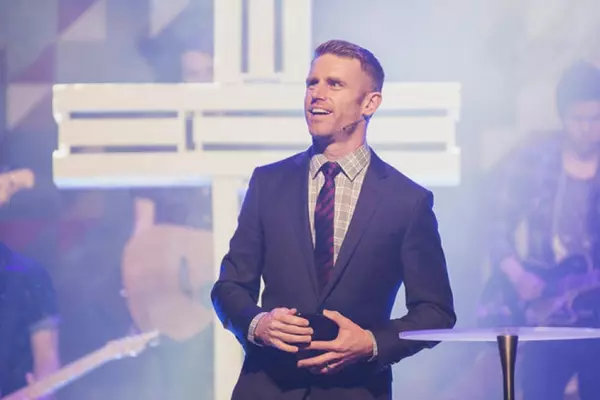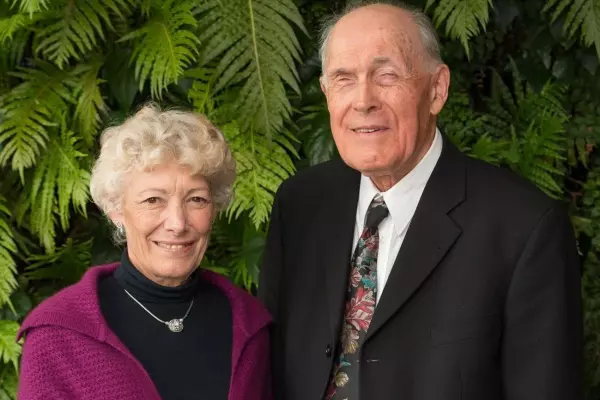Queenstown, the scenic South Island town, has been good to commercial lawyer Steve Brent and his wife, Sheena Haywood.
A few years ago when they were doing their estate planning, the couple decided they wanted to leave something to benefit the local community, specifically young people enjoying their favoured pursuits, skiing and golf.
Brent and Haywood hold their assets in a family trust. In their memorandum of wishes, they left instructions that a portion of their estate go to the Wakatipu Community Foundation.
“It’s a lasting legacy,” Brent says.
“If you were just to give a certain amount of money to a charity, in my mind it doesn’t have a long-term lasting effect.
“Whereas if the foundation has the capital and invests it, then it produces an ongoing stream forever and a day and it can benefit lots of different people on an ongoing basis.”
That, in a nutshell, is how community foundations work. Community Foundations New Zealand (CFNZ), a national body that represents 17 foundations, calls it smarter giving. Donations to foundations are professionally invested and the income is distributed to charities – according to the wishes of the donor – as grants. The model provides a reliable funding source for charities and means people don’t have to set up their own philanthropic trusts.
“We could have set something up ourselves, but then you’ve got added administrative costs,” Brent says. “And the worry of who’s going to run it going forward.”
Community foundations are distinct from community trusts, statutorily defined entities that were set up under a bank restructuring law. As Brent says, they provide flexibility. Donors can leave endowments to establish their own fund through a foundation, dictating interest areas or named charities they want to support, or they can donate to existing funds that address a defined community need. Some foundations like the Acorn Foundation, the largest in the country, have more than 400 individual funds.
New, but growing
The model is relatively new in NZ, but people like Arron Perriam, the executive director of CFNZ, believe it has potential for enormous growth, in part due to the huge intergenerational transfer of wealth from the baby boomers.
“If you look at the life cycle of community foundations, the characteristics of young community foundations is what you see in NZ,” Perriam says.
“We’re all about trying to build that initial kitty, investing it and distributing some into the community. But as it grows and you have larger sums, then you really get into a community transformation space.”
Funds under management by the 17 community foundations sat at about $200 million in June 2021, according to figures provided by CFNZ, up 33% from the $150m recorded at the end of March 2020. And what the organisation calls the bequest pipeline – the estimated value of committed and indicated bequests to foundations – sits at something like $500m.
That has scope to massively increase.
About 6% of New Zealanders surveyed as part of research by the Fundraising Institute of NZ in 2021 said they had made provision to leave a gift to charity in their will. A further 21% said they were likely to do so or were seriously considering it.
An estimated $150 billion is expected to change hands in the next decade, a transfer of wealth with huge potential benefits to support charities, both directly and through community foundations.
Brent, the Queenstown lawyer, says a number of his clients have made provisions for similar endowments to his own to the Wakatipu Community Foundation.
“There’s a lot of people in Queenstown who have done very very well out of this place and do want to give back,” he says.
“And the idea of a foundation that would give back to the community on an ongoing basis is a really cool thing.”
From an acorn to a mighty oak
Lori Luke, chief executive of the Acorn Foundation, the Tauranga-based largest community foundation in the country, has been out delivering easter eggs to donors.
There are lots of them.
The foundation, which has distributed more than $10m to charities since its establishment in 2003, typically adds 25 to 35 new donors a year.
It now has close to $60m under management and Luke expects it to reach $100m within five years. This year, she anticipates it will give out nearly $3m.
“We call it the hockey stick,” she says. “You’re really small for a long time and then you hit this growth trajectory and it just goes up.”
Donors have a number of ways they can give through Acorn. Multiple community groups have their own endowment funds, which start distributing once they reach a certain threshold, people can set up their own endowment funds, or they can contribute to the vital impact fund, which Acorn uses to fund groups addressing pressing issues.
When people provide an endowment to create a fund, either while they’re alive or via a bequest in their will, they can specify specific charities, and interest areas or leave funds unrestricted.
Acorn checks in with living donors with distributing funds (funds with specified charities need to reach $50,000 before the foundation starts to issue grants from the income) yearly about their wishes or to share lists of charities operating in their interest areas.
Luke says the foundation has averaged a 9% return on its investments since inception. It aims to distribute 3.5-5% of the value of distributing funds each year while taking a small amount to cover costs. The rest gets reinvested, ensuring funds continue to grow.
So how do charities feel about the model?
“I think there were probably some questions in the early years about conflict, or ‘money going to you is coming from us’,” Luke says. “It doesn’t work that way. It just doesn’t.”
As well as giving directly to something like the Waipuna Hospice to cover its immediate costs, Luke says people might also specify the hospice as a charity they want to support through the foundation, ensuring it has a reliable income going forward.
They do both, she says.
According to its 2021 annual report, Acorn has distributed more than $600,000 to the hospice. The charity is named in more than 30 funds, including 11 that are currently distributing, Luke says. That means the more than $100,000 the hospice is getting in grants will only grow.
Smaller charities benefit, too. When donors leave their gifts unrestricted, the foundation can give grants to charities those people and many others would never have heard of, Luke says. And as the number of endowments to the foundation grows, so does the amount of good it can do in the community.
“A lot of people like the idea that their money will live on and support things,” Luke says.


